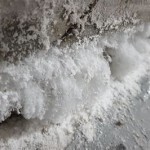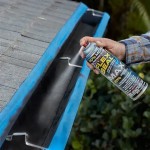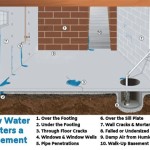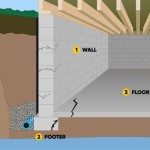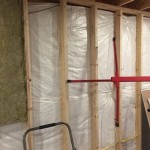Proper Humidity Level for a Basement
Maintaining the proper humidity level in your basement is crucial for the longevity of your home and the health of your family. Excessive moisture can lead to mold, mildew, and structural damage, while insufficient humidity can cause respiratory and skin irritation.
The ideal relative humidity (RH) for a basement is between 30% and 50%. This range prevents moisture accumulation while minimizing the risk of dry air, which can damage wood and cause static electricity.
Causes of High Humidity in Basements
Several factors contribute to high humidity in basements:
- Exterior water penetration through cracks or leaks in the foundation walls or floor
- Condensation from warm, humid air meeting cool basement surfaces
- Indoor sources of moisture, such as washing machines, dryers, or unvented showers
Consequences of High Humidity in Basements
High humidity in basements can have severe consequences:
- Mold and mildew growth, which can release harmful spores and cause respiratory problems
- Structural damage to wood framing, drywall, and other building materials
- Musty odors and poor air quality
- Increased pest infestations, such as insects and rodents
Causes of Low Humidity in Basements
Low humidity in basements is less common but can also have detrimental effects:
- Dry, itchy skin and respiratory irritation, especially during winter
- Static electricity, which can damage electronics and create uncomfortable shocks
- Wood shrinkage, which can lead to cracking and warping
Measuring and Controlling Humidity in Basements
To accurately measure humidity levels in your basement, use a hygrometer. Place it at least 3 feet above the floor and away from direct sunlight.
To control humidity, consider the following measures:
- Dehumidifiers: Remove excess moisture from the air by condensing it into a water tank.
- Vapor barriers: Install a plastic or foil barrier on the floor or walls to prevent moisture from entering the basement.
- Ventilation: Ensure adequate ventilation by installing exhaust fans or opening windows when possible.
- Address water leaks: Seal any cracks or gaps in the foundation or floor to prevent water from penetrating.
- Control indoor moisture sources: Vent clothes dryers and showers to the outside, and avoid storing wet items in the basement.
- Humidifiers: Add moisture to the air during winter months to prevent excessively dry conditions.
By maintaining the proper humidity level in your basement, you can create a healthier and more comfortable living environment while protecting your home from damage.

How To Lower Your Basement S Humidity Level

How To Achieve An Ideal Basement Humidity Of 30 50

How To Achieve An Ideal Basement Humidity Of 30 50

How To Lower Your Basement S Humidity Level

A Guide To Controlling Nc Home Humidity Newcomb And Company

Relative Humidity Chart For Ideal In The House

5 Effective Tips To Reduce Humidity In Your Basement News And Events For Thrasher Foundation Repair

What Is The Ideal Basement Humidity Level Epp Foundation Repair

How To Measure Check Indoor Humidity In A Home Or Room

The Ideal Humidity Level For Your Basement Reliable Waterproofing

